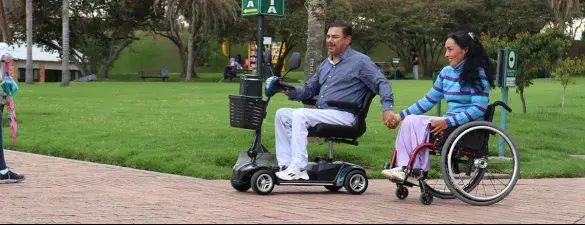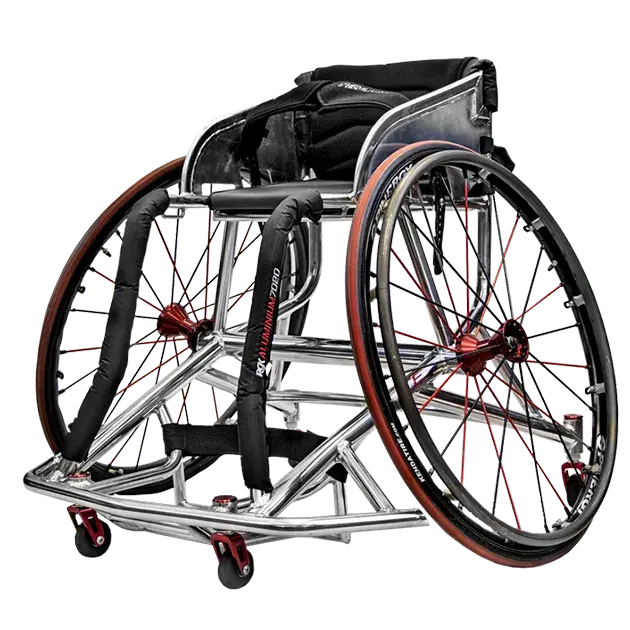Osteoporosis, a progressive bone disease, is characterized by a decrease in bone mass and density, leading to an increased risk of fractures. The condition predominantly affects older adults, particularly postmenopausal women, and can have a significant impact on mobility and overall quality of life. This article explores the link between osteoporosis and mobility issues, as well as strategies for managing and adapting to these challenges.
The Connection Between Osteoporosis and Mobility Issues
Osteoporosis weakens the structural integrity of bones, making them more susceptible to fractures. These fractures, particularly in the spine, hip, and wrist, can lead to a range of mobility issues, including:
Pain
Fractures can cause acute pain, while chronic pain may develop as a result of long-term structural changes or deformities.
Reduced range of motion
Fractures and subsequent bone deformities can limit joint flexibility, leading to a diminished range of motion.
Postural changes
Vertebral fractures may result in a stooped posture, commonly known as kyphosis or "dowager's hump," affecting balance and mobility.
Loss of height
Multiple vertebral fractures can contribute to a loss of height, further impacting posture and balance.
Decreased muscle strength
Reduced physical activity due to pain or fear of fractures can lead to muscle atrophy and weakness, exacerbating mobility issues.
Strategies for Managing and Adapting to Mobility Challenges
While osteoporosis is a progressive condition, several strategies can help individuals manage and adapt to the mobility challenges associated with the disease:
Exercise
Engaging in regular weight-bearing and muscle-strengthening exercises can help maintain bone density, improve balance, and enhance muscle strength. Activities like walking, dancing, yoga, and resistance training can be beneficial, but it is essential to consult with a healthcare professional before starting any exercise program.
Fall prevention
Minimizing the risk of falls is crucial for those with osteoporosis. Removing hazards in the home, wearing non-slip footwear, and using assistive devices like grab bars and handrails can help prevent fractures.
Medication
Osteoporosis medications, such as bisphosphonates, can slow bone loss and reduce fracture risk. It is vital to consult with a healthcare professional to determine the appropriate medication and dosage.
Physical therapy
A physical therapist can develop a personalized program to improve mobility, strength, and balance, as well as provide guidance on using assistive devices like canes or walkers if necessary.
Pain management
A combination of medication, alternative therapies (e.g., acupuncture, massage), and lifestyle modifications can help manage pain associated with osteoporosis-related fractures.
Nutrition
Consuming a balanced diet rich in calcium and vitamin D is crucial for maintaining bone health. Supplements may be recommended for those who cannot meet their dietary requirements through food alone.
Support networks
Connecting with others living with osteoporosis through support groups or online forums can provide emotional support and practical advice for managing mobility challenges.
Conclusion
Understanding the link between osteoporosis and mobility issues is essential for individuals affected by this progressive bone disease. By implementing effective strategies, such as exercise, fall prevention, medication, and physical therapy, those living with osteoporosis can manage and adapt to their mobility challenges. Adequate nutrition, pain management, and supportive networks are additional components that contribute to a comprehensive approach to maintaining independence and enhancing quality of life for individuals with osteoporosis.





